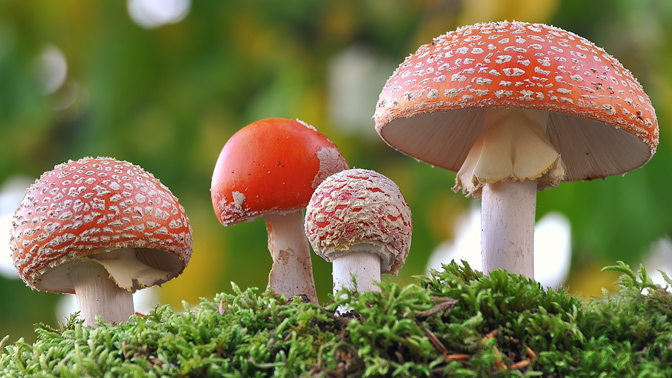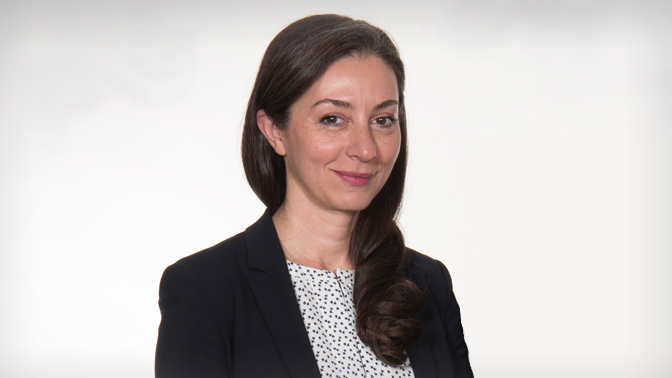
Ever used a jam jar as a coin bank? Or a worn-out boot as a planter? Giving old household items a new purpose is an easy and cost-effective way to solve a problem.
In rare cases, a drug developed to treat one disease is also found to be effective against another disease. However, when it comes to repurposing drugs, the stakes are often a matter of life and death, and hundreds of millions of dollars can be saved in the drug discovery process.
Dr. Gelareh Zadeh, Medical Director of the Krembil Brain Institute, Scientist and Neurosurgeon in the MacFeeters-Hamilton Neuro-oncology Program, recently discovered that two antifungal drugs hold great promise for treating glioblastoma multiforme (GBM)—the most aggressive and common form of brain cancer. This work was recently published in the journal Clinical Cancer Research.
“GBM unfortunately and sadly remains an incurable cancer and survival time from diagnosis is typically 18 to 20 months. Currently the treatment is surgery followed by chemo- and radiation therapy,” explains Dr. Zadeh. “There are very few drugs for GBM outside of traditional chemotherapies. Being able to identify drugs that effectively reach the tumour, prevent its progression and prolong patient survival is really quite critical.”
Dr. Zadeh and her team screened thousands of existing drugs for their potential to control the growth of tumour cells in the brain, before identifying the two drugs: ketoconazole and posaconazole. These drugs possess a key characteristic required to treat GBM: they can enter the brain from circulating blood through the blood-brain barrier, a highly selective filter between the brain and the rest of the body.
The two drugs are effective against fungal infections because they prevent the fungus from making a key molecule that helps maintain its shape. Dr. Zadeh’s team showed that the drugs also hinder the growth and progression of GBM, but through a different mechanism: they interfere with the metabolism of tumour cells.
“Based on these results, we have started using a rather unexplored clinical trial design for GBMs where we first give the drug to the patient before we take the patient into surgery. Once the tumour is removed, we then test whether the drug made it to the tumour, had the desired penetrance into the tumour and had the desired impact on tumour growth,” adds Dr. Zadeh.
“If we can show that giving the drug before surgery leads to better outcomes, this will really transform how we manage GBMs. The hope is to be able to control the tumour without the need for surgery.”
This work was supported by the Canadian Institutes of Health Research and The Princess Margaret Cancer Foundation.
Agnihotri S, Mansouri S, Burrell K, Li M, Mamatjan Y, Liu JC, Nejad R, Kumar S, Jalali S, Singh S, Vartanian A, Chen EX, Karimi S, Singh O, Bunda S, Mansouri A, Aldape K, Zadeh G. Ketoconazole and Posaconazole Selectively Target HK2 Expressing Glioblastoma Cells. Clin Cancer Res. 2018 Oct 15. doi: 10.1158/1078-0432.CCR-18-1854.

Dr. Gelareh Zadeh, Medical Director of the Krembil Brain Institute, Scientist and Neurosurgeon in the MacFeeters-Hamilton Neuro-oncology Program.




